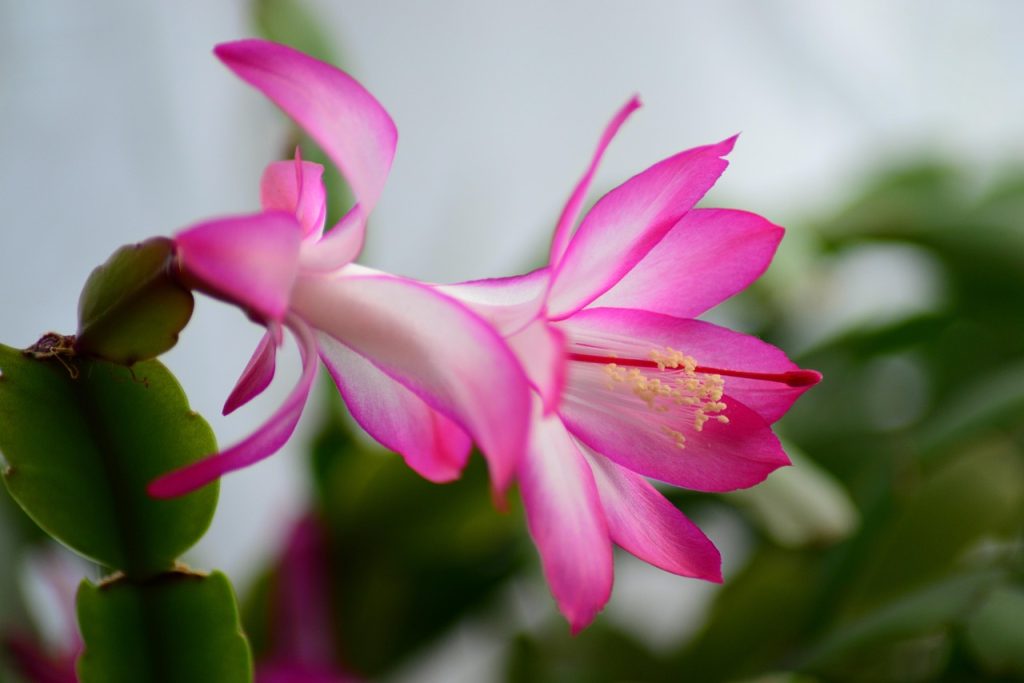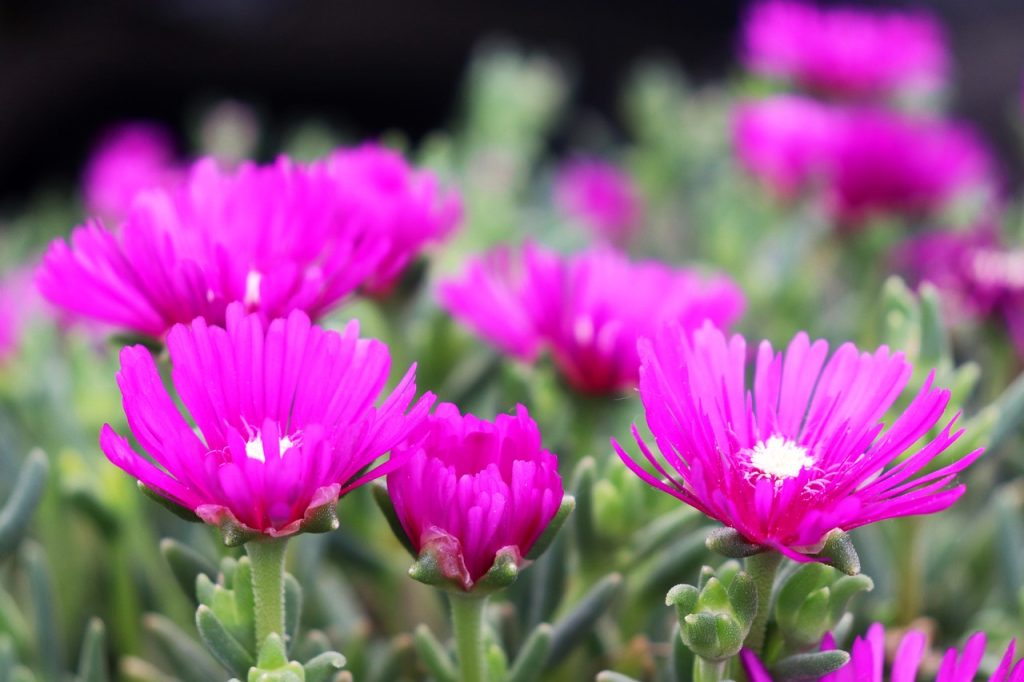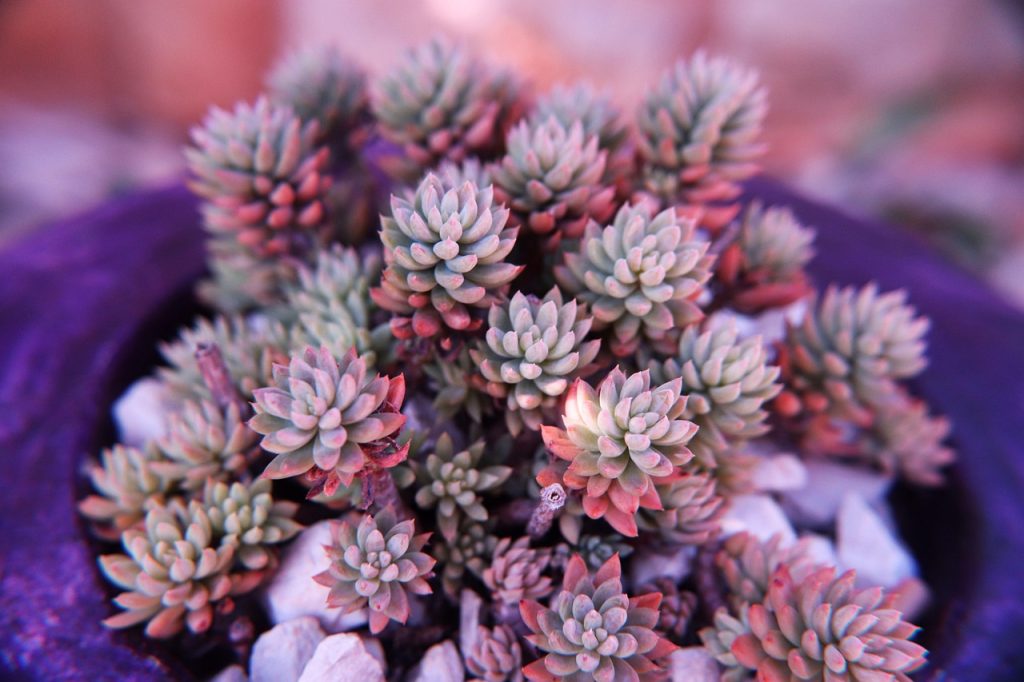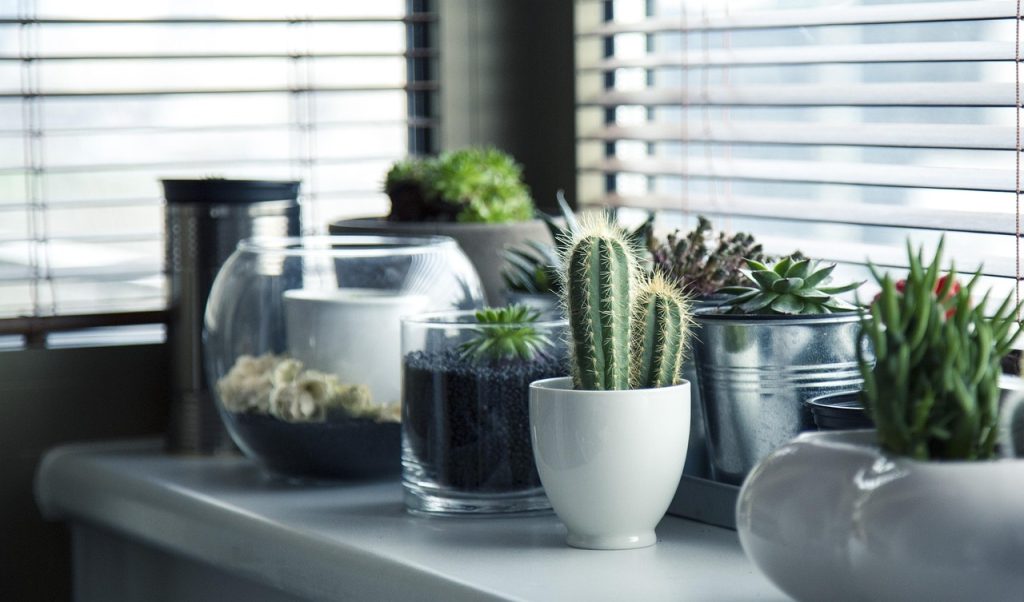Imagine a vibrant garden that stays stunning even when rain is a no-show. In 2025, as droughts grip places like California and Texas, drought tolerant plants are the heroes of sustainable gardening. These tough, water-sipping beauties—from bold succulents to aromatic herbs—defy scorching summers while cutting your water bill and upkeep. They’re the eco-smart swap for thirsty lawns, perfect for any yard or patio.
Why are drought tolerant plants trending now? Studies show they slash outdoor water use by up to 60%, and 2025’s heat-resistant hybrids are tougher than ever. Whether you’re a desert gardener, urban plant lover, or just craving low-effort greenery, this guide covers the best drought-tolerant plants, easy care tips, and stylish design ideas to keep your space thriving. Let’s dig into water-wise gardening!

Why Drought-Tolerant Plants Matter in 2025
Drought-tolerant plants aren’t just survivors; they’re nature’s MVPs for water-scarce times. These species, often called xerophytes, have evolved tricks like thick leaves, deep roots, or waxy coatings to store water and shrug off dry spells. Think cacti hoarding moisture or lavender thriving on rocky slopes. In 2025, with climate patterns shifting—hotter, drier summers across 40% of the U.S.—these plants are a lifeline for sustainable gardening.
They do more than save water. They reduce soil erosion, support pollinators like bees (vital with 30% of U.S. bee colonies declining yearly), and cut maintenance costs. New cultivars this year, like heat-resistant lavenders and saltbush hybrids, are tailored for urban heat islands, making them perfect for city balconies or rural ranches. Plus, they’re gorgeous—think vibrant agaves or soft, silvery lamb’s ear. Ready to meet the best drought forbearing plants for your space?
Best Drought Tolerant Plants for Any Garden
When picking the best drought forbearing plants, focus on versatility and style. These all-stars work in pots, beds, or xeriscaped yards, and they’re tough enough for USDA zones 4-10, covering most U.S. climates.
- Lavender (Lavandula angustifolia): Fragrant purple blooms, loved by bees. Needs full sun, well-drained soil. Filters dust in urban air.
- Agave (Agave americana): Sculptural rosettes, stores water in fleshy leaves. Perfect for desert chic; zones 8-11.
- Sedum (Sedum spectabile): Succulent with star-shaped flowers. Groundcover or container star; low water after establishment.
- Russian Sage (Perovskia atriplicifolia): Airy blue spikes, woody stems. Thrives in heat, draws butterflies.
- Yarrow (Achillea millefolium): Feathery foliage, colorful flower heads. Tolerates poor soil; great for wildflower mixes.
Here’s a quick table for the best forbearing plants, their perks, and ideal spots:
| Plant Name | Key Features | Water Needs | Best For | 2025 Highlight |
|---|---|---|---|---|
| Lavender | Purple blooms, aromatic | Low | Borders, pots | Heat-tolerant hybrids |
| Agave | Bold rosettes, spiky | Very low | Focal points | New variegated forms |
| Sedum | Succulent, colorful | Low | Groundcover | Pollinator-friendly |
| Russian Sage | Wispy, blue flowers | Very low | Backdrops | Urban heat resistance |
| Yarrow | Flat blooms, tough | Low | Meadows | Color variety boom |
| Coneflower | Daisy-like, vibrant | Low | Pollinator gardens | Disease-resistant breeds |
These best drought tolerant plants blend form and function, turning dry patches into eye-catching displays.

Indoor Drought Tolerant Plants: Low-Water Houseplants
Not all forbearing plants are outdoor warriors. Indoor drought tolerant plants bring that same resilience to your home, perfect for forgetful waterers or low-humidity apartments. In 2025, with remote work keeping homes busier, these plants are trending for their easy-care vibes.
- ZZ Plant (Zamioculcas zamiifolia): Glossy leaves, thrives in low light. Water every 2-3 weeks.
- Snake Plant (Sansevieria trifasciata): Upright, sword-like leaves. Survives neglect; purifies air too.
- Aloe Vera (Aloe barbadensis): Medicinal gel, plump leaves. Loves sunny sills; water monthly.
- Jade Plant (Crassula ovata): Round, coin-like leaves. Feng shui favorite: minimal watering.
For indoor drought tolerant plants, use cactus mix soil and pots with drainage. New this year: Smart pots with moisture sensors ping your phone when they’re thirsty, cutting guesswork.
Drought Tolerant Plants for the Bedroom: Relax and Save Water
Your bedroom deserves plants that soothe and survive with little fuss. Drought tolerant plants for bedroom use add calm without demanding daily care, perfect for busy lives or small spaces.
- Snake Plant: Nighttime oxygen boost; sleek, modern look.
- Aloe Vera: Healing properties, compact for nightstands.
- Haworthia (Haworthia fasciata): Tiny succulent, zebra-striped. Fits cozy corners.
In 2025, bedroom plant kits with self-watering pots are hot, pairing drought tolerant plants for bedroom with dimmable LEDs. Place near windows for soft light; water only when soil’s bone-dry. They’re low-effort zen.
Drought Tolerant Plants Safe for Cats: Feline-Friendly Picks
Got a curious kitty? Drought tolerant plants safe for cats ensure your greenery stays safe from nibbling. ASPCA-approved options are key, and 2025 brings more labeled pet-safe succulents.
- Haworthia: Small, non-toxic, rosette-shaped.
- Echeveria (Echeveria elegans): Rosy succulents, cat-safe, sun-loving.
- Burro’s Tail (Sedum morganianum): Trailing, soft leaves; hang high to avoid swats.
For drought-tolerant plants safe for cats, elevate pots or use wall planters. Bitter sprays deter chewing, keeping both plant and pet happy.

Drought Tolerant Plants Safe for Dogs: Canine-Compatible Choices
Dogs can be rough on plants, but drought tolerant plants safe for dogs are tough and non-toxic. Look for sturdy picks that handle a tail wag or two.
- ZZ Plant: Low toxicity, durable against bumps.
- Spider Plant (Chlorophytum comosum): Safe, resilient; babies for propagation.
- Boston Fern (Nephrolepis exaltata): Lush, dog-friendly; needs shade.
New 2025 nursery tags highlight pet safety, making shopping easier. For drought tolerant plants safe for dogs, secure pots to avoid tip-overs; water sparingly to keep roots healthy.
Drought Tolerant Plants Indoor: Bringing Resilience Inside
Indoor spaces crave forbearing plants for their ability to thrive in dry, heated homes. Think apartments with AC or winter radiators. Top picks include:
- Sago Palm (Cycas revoluta): Not a true palm, but tough and slow-growing. Note: Toxic to pets, so place high.
- Ponytail Palm (Beaucarnea recurvata): Bulbous base stores water; quirky look.
Group drought plants indoor near south-facing windows for maximum sun. In 2025, vertical planters with drip systems are trending, stacking succulents for small spaces. Dust leaves to keep them photosynthesizing efficiently.
How to Care for Drought Tolerant Plants: Your Easy Guide
Caring for tolerant plants is a breeze if you nail the basics. Here’s how to keep them happy outdoors or in.
Light and Placement
Full sun (6+ hours) for most outdoor types like lavender; partial shade for ferns. Indoors, south or west windows work. 2025 tip: Solar-powered grow lights for cloudy regions.
Watering Smarts
Water deeply but infrequently—once every 1-2 weeks for established plants. New plantings need weekly water for 6-8 weeks. Use rain barrels for sustainability; avoid soggy soil.
Soil and Mulch
Well-draining soil is non-negotiable—add sand or gravel for succulents. Mulch with rocks or bark to lock in moisture and cool roots. Recent studies push decomposed granite for better water retention.
Pruning and Feeding
Trim dead growth in spring to boost vigor. Fertilize sparingly—once a year with low-nitrogen mix. Overfeeding leads to weak, water-hungry growth.
Pest and Disease Control
Drought tolerant plants resist pests, but watch for aphids on new growth. Neem oil works; hand-pick for small infestations. Root rot from overwatering is the real enemy—check drainage.
This low-maintenance routine keeps your drought plants thriving with minimal effort.
Designing with Drought Tolerant Plants: Xeriscaping 101
Xeriscaping—landscaping to save water—is where drought plants shine. In 2025, it’s a top trend, with cities offering rebates for lawn replacements. Try these ideas:
- Rock Gardens: Pair agaves with boulders for drama.
- Mixed Borders: Combine yarrow and Russian sage for color and texture.
- Container Clusters: Group sedums and echeverias in terracotta pots.
- Pathway Accents: Line walkways with lavender for scent and pollinators.
Use drip irrigation for efficiency; smart timers adjust to weather. A 2025 study found xeriscaped yards boost property values by 7% in arid regions—beauty meets brains.

Troubleshooting Common Issues
Yellow leaves? Likely overwatering—cut back. Wilting despite water? Check for root rot; repot with fresh mix. Powdery mildew on lavender? Improve air flow and reduce evening water. Most drought plants bounce back with quick fixes.
2025 Trends in Drought Plants
This year, native plant nurseries are booming, with 30% more stock of regional species like California’s manzanita. Smart irrigation apps sync with soil sensors, and edible xeriscapes blend herbs like rosemary with ornamentals. Plus, community gardens are swapping turf for yarrow meadows, saving millions of gallons annually.
Why Choose Drought Tolerant Plants Now
They’re sustainable, stunning, and budget-friendly—saving up to $200 yearly on water in dry climates. They support wildlife, reduce carbon footprints, and look amazing. In 2025, drought plants are the future of gardening.
FAQs
Lavender, sedum, and ZZ plant—low care, high impact.
Yes, snake plants and aloes thrive with minimal water.
Many like Haworthia and spider plants are cat- and dog-safe.
Every 1-2 weeks once established; more for new plants.
Snake plant—low light, low water, oxygen at night.
Well-draining with sand or gravel; avoid heavy clay.
Conclusion: Your Path to a Water-Wise Garden
Drought tolerant plants are more than a trend—they’re a lifestyle shift for smarter, greener living. With their ability to thrive in tough conditions, save water, and add beauty to any space, they’re perfect for tackling 2025’s climate challenges. From vibrant lavenders to quirky succulents, these plants invite you to create a garden that’s as sustainable as it is striking. Start small with a potted aloe or go big with a xeriscaped yard—either way, you’re investing in a future where your garden flourishes with less effort and more impact. Grab a drought tolerant plant today and watch your space transform into a low-water oasis.